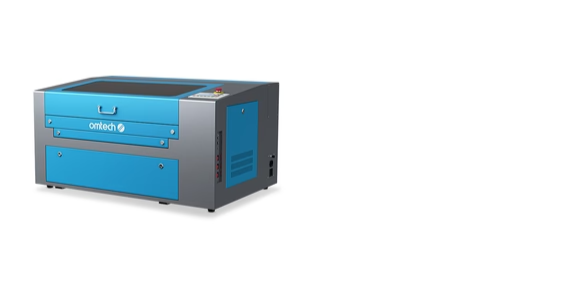Navigating Laser Engraver Ownership: A Comprehensive Guide

Contents
Considering a Laser Engraver: What You Need to Know
Laser engravers serve as invaluable tools, especially for frequent users. However, before making a purchase decision, there are several crucial factors to consider.
The Decision-Making Process
Frequency of Use
Assess how frequently you plan to utilize the laser engraver. For occasional use, outsourcing projects to professional laser engraving services may prove more cost-effective than purchasing your own equipment.
Ease of Use and Software Compatibility
Concerned about the learning curve? Fear not. Many laser engravers are compatible with various design software, minimizing the need to learn new programs. Once set up, operating the system is straightforward, whether managing it yourself or entrusting projects to a professional service.
Usage Intensity
If you anticipate frequent use of the engraver, carefully evaluate which type best suits your project needs. Consider the advantages and disadvantages of each laser engraver type before making your selection.
Essential Considerations Before Purchase
1. Addressing Fumes and Exhaust
Prepare for unexpected challenges, such as the significant odor and toxic fumes emitted during operation. Proper ventilation and a well-enclosed workspace are essential for safety. Investing in an enclosure with an inline duct fan can effectively extract fumes and maintain a clean working environment.
2. Unveiling Hidden Costs
Beyond the initial purchase price, additional accessories and equipment are often necessary for optimal performance. Items like a honeycomb grid for cleaner cuts and an air assist pump for improved engraving may be required but not included in the original package. Additionally, setting up an efficient exhaust system incurs further expenses.
3. Understanding Laser Types
Not all laser engravers are created equal. Diode lasers, for example, may have limitations in cutting certain materials like clear acrylic. Familiarize yourself with the distinctions between CO2, fiber, and diode lasers to ensure you select the appropriate tool for your specific requirements.
4. Acknowledging Time Constraints
Operating a laser engraver demands constant supervision and attention to detail. Learning the intricacies of the engraving software and adjusting settings for optimal results can be time-consuming. Be prepared to invest time and effort into mastering the craft.
5. Embracing the Learning Curve
Achieving proficiency in laser engraving requires patience and perseverance. Expect a learning curve as you familiarize yourself with design software and fine-tune laser settings. Trial and error are integral to the process, allowing you to refine your skills and achieve better results over time.
6. Embracing Trial and Error
Perfection doesn’t come overnight. Experimentation with various materials, settings, and techniques is necessary to improve your skills and achieve optimal outcomes. Embrace the learning process and view mistakes as opportunities for growth.
Conclusion: Embracing the Journey
Before making a decision on which laser engraver to buy, it’s crucial to consider several questions and engage in discussions with the company from which you intend to make the purchase. By thoroughly evaluating your needs and seeking expert advice, you can make an informed choice that aligns with your requirements.
Despite the challenges, investing in a laser engraver can unlock endless possibilities for creativity and customization. With dedication, patience, and a willingness to learn, you can harness the full potential of this versatile tool and transform your projects into works of art.





